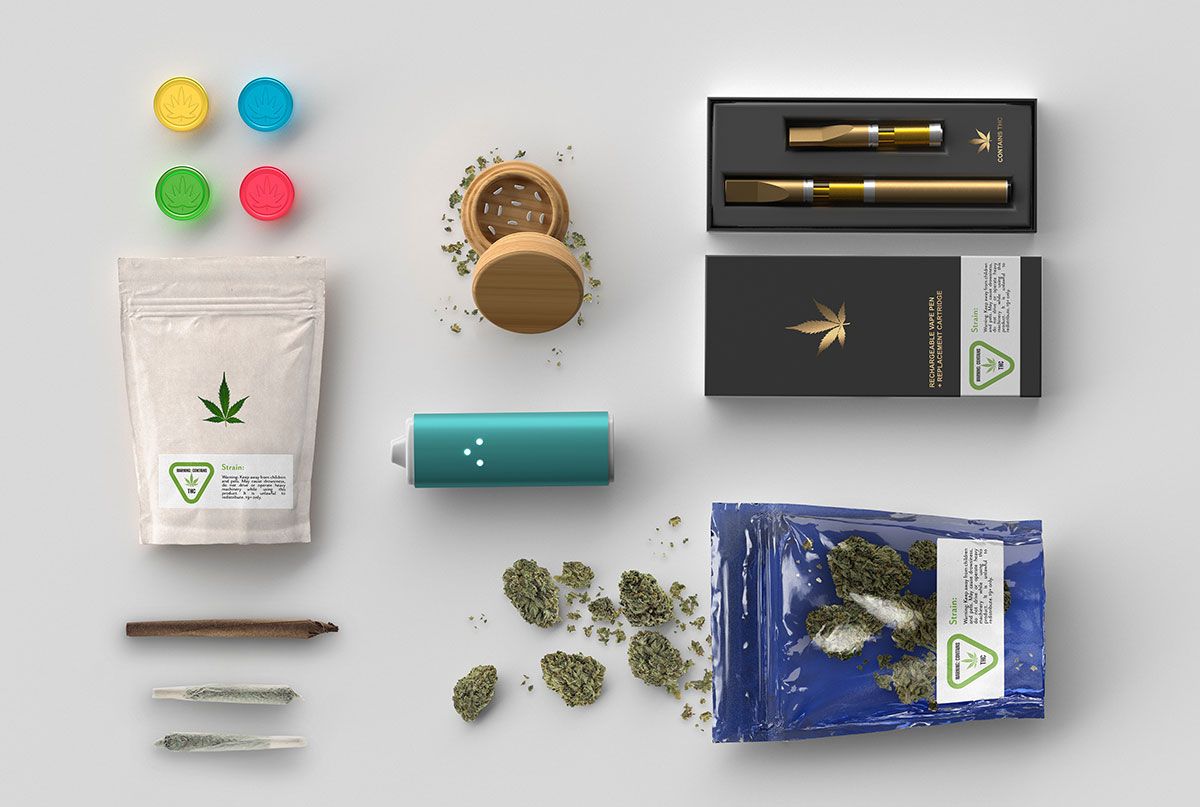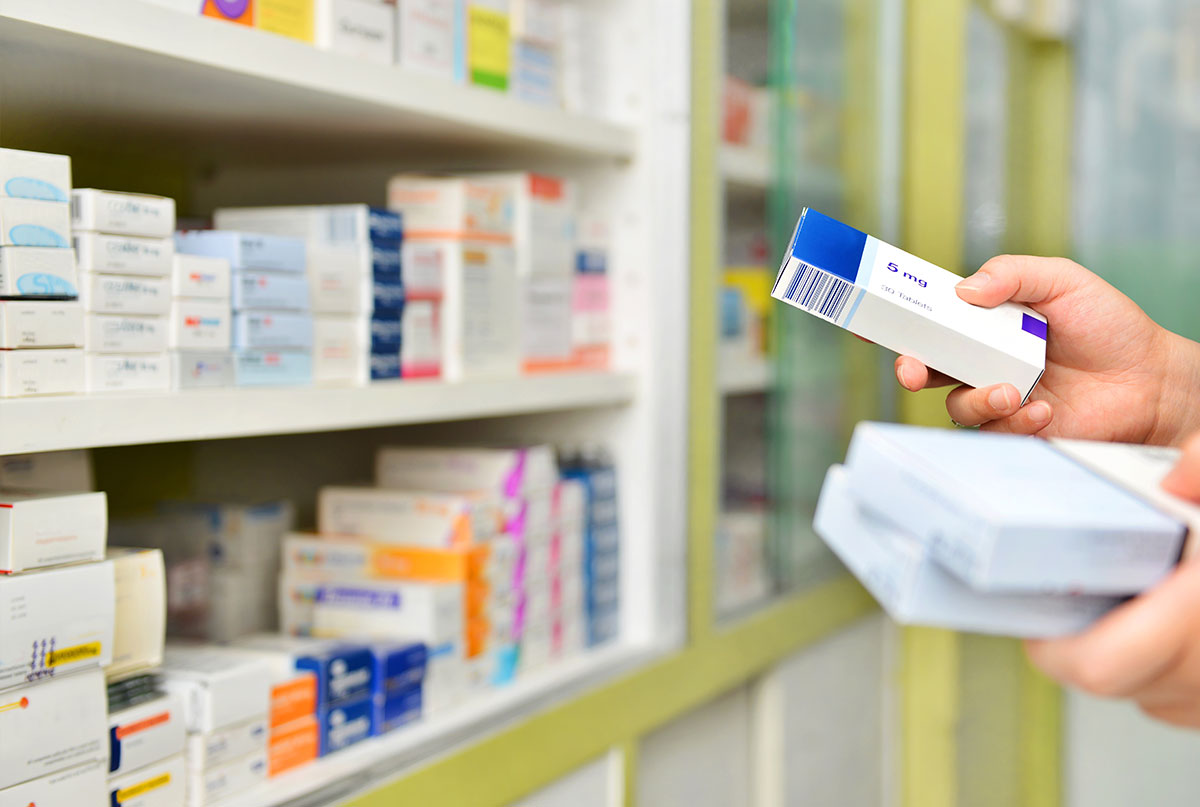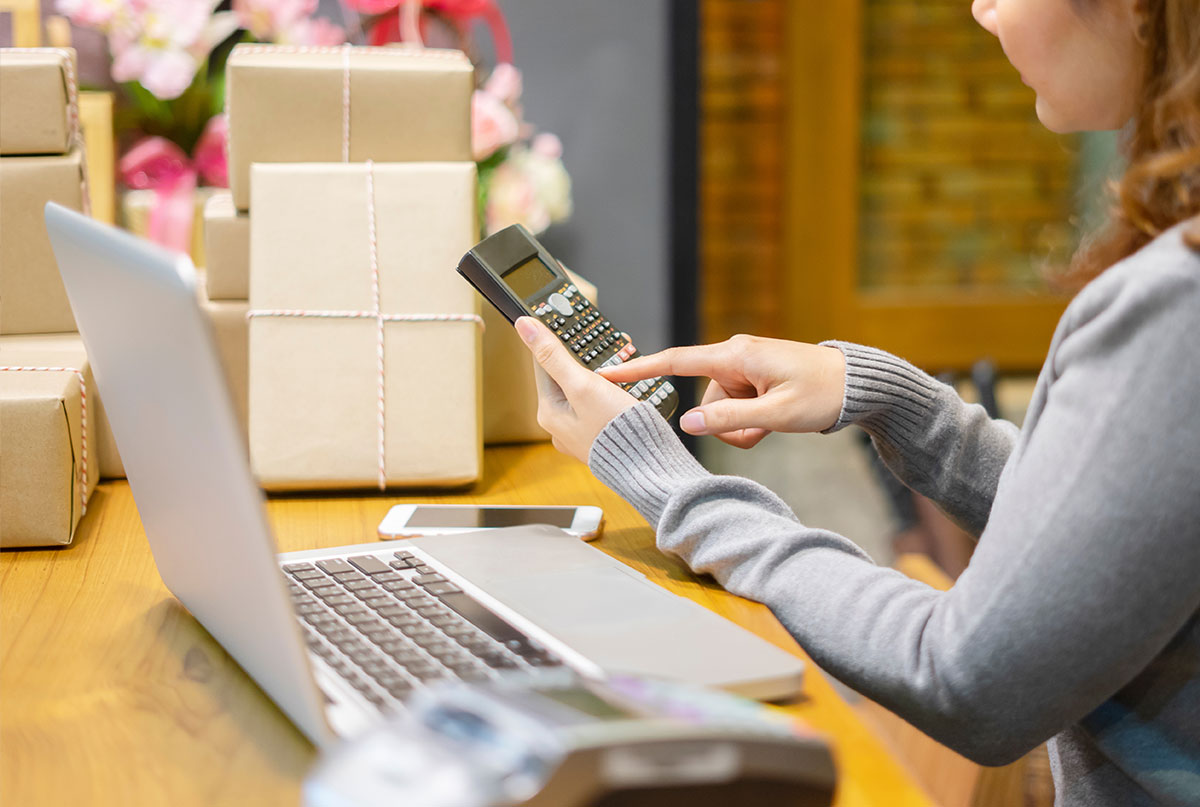The idea of edible packaging is slowly growing as a more sustainable option. Food packaging still uses traditional materials, but some companies are looking into options for edible packaging. Explore the current state of this type of packaging and how it may affect the future.
What Is Edible Packaging?
As the name implies, edible packaging is packaging that you can eat. If the consumer doesn’t eat it, it would be able to biodegrade easily. Edible packaging is just one part of the larger push toward sustainability.
Examples of Current Edible Packaging
When you think outside of the box, edible food packaging doesn’t seem as distant as you may think at first. For example, ice cream cones are a classic example of edible packaging. The cone holds the ice cream, and you can eat it at the end. Another good example would be a bread bowl with soup inside. Some places have even experimented with cookie-and-chocolate-based coffee cups.
But edible packaging doesn’t have to include something that’s explicitly food or food-like. Think of cupcake wrappers that you can eat because they are made using potato fibers. Or candy wrappers made with rice paper that you can eat. There are also some gelatin-based edible packaging options.
Most of the newer edible packaging materials rely on casein films, using the casein protein found in milk. Conveniently, casein looks like plastic and doesn’t have much of a taste.
Pros and Cons of Edible Packaging
When looking to the future of edible packaging, you need to consider its pros and cons.
Advantages
The advantages are fairly obvious. To start, it is incredibly environmentally friendly as there is no waste involved. You don’t have to throw out or recycle the packaging. And if the consumer doesn’t eat the edible packaging, it will be biodegradable. Additionally, it can be highly versatile within the food industry.
Disadvantages
Our current edible packaging materials tend to be water-soluble. This can lead to issues in humid areas or when kept in the fridge. And the packaging simply may not be as durable overall, reducing its ability to protect your product. There are also concerns about sanitation with edible packaging. Is the packaging really safe to eat after it’s been handled by everyone across the supply chain? To keep it safe to eat, you would need another outer layer, eliminating the benefits of the edible packaging.
Food allergies are also a significant concern with edible packaging. Given the popularity of milk’s casein proteins in current solutions, people with milk allergies could have problems. And gluten may also be a concern with many types of this packaging.
What Does the Future of Edible Packaging Look Like?
More and more companies are working to develop edible packaging, but it is still far from mainstream. There are still a lot of kinks to work out, so in the meantime, food manufacturers will continue to use traditional packaging.
Conclusion
We may see a rise in edible packaging in the future, but for now, traditional food packaging is here to stay. You can take other steps to improve your packaging’s eco-friendliness in the meantime, such as opting for recycled or recyclable materials.




